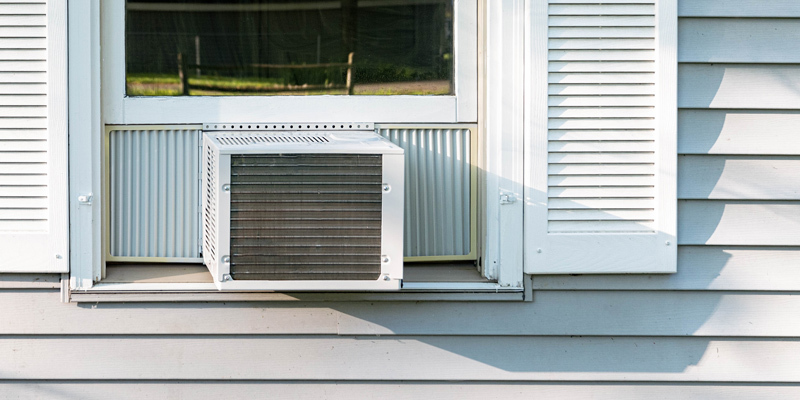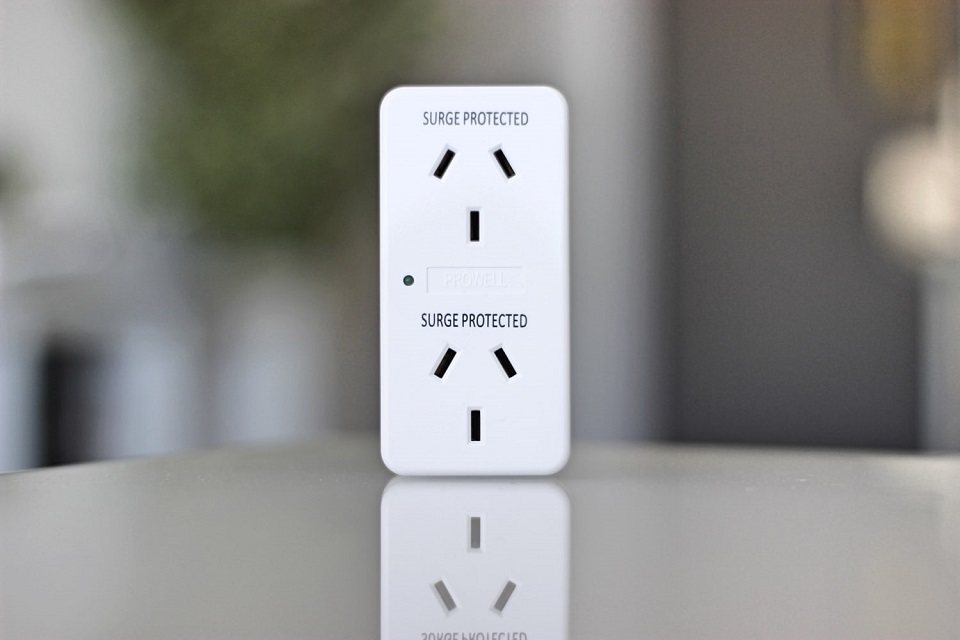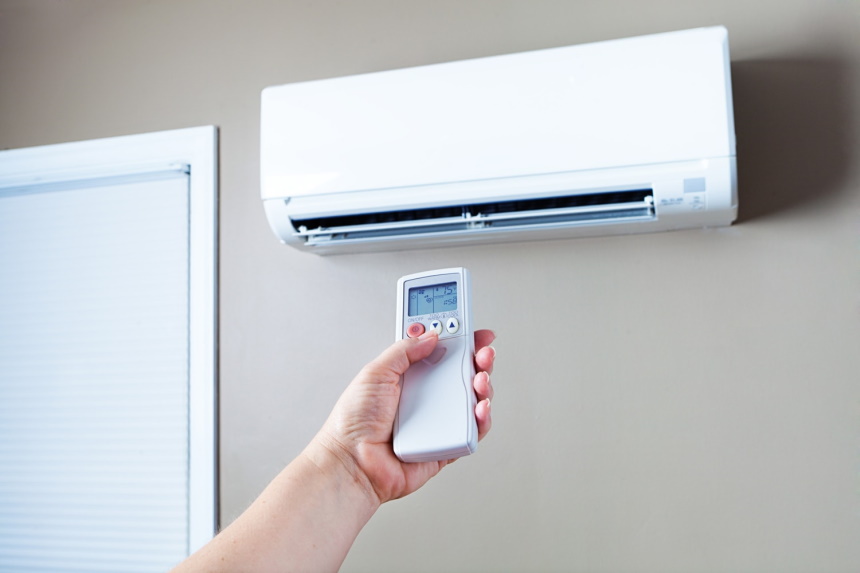

The top floor apartment is the most coveted space to live on and it’s for all the right reasons. The heating bills are incredibly lower, you get less noise, and you have a beautiful view of the city. The only issue with the top-floor apartment is that it gets super hot in summer. Here’s a little 1st grade science recap; heat rises. When the temperature rises, the air gets less dense and it rises. The less-dense air floats on top of cool air.
There are other explanations for why the top-floor apartment is usually warmer than the lower units, like direct sun exposure and poor ventilation. Whatever causes your apartment to heat up during summer should be the least of your problems, especially after reading all the hints and tips we have provided in this article on how to keep your top-floor apartment cool in summer.
The issue of top-floor apartments retaining more warmth than the lower units has been observed in different climate regions and here are the top reasons why;
Heat has a natural tendency to rise. When temperature increases, air expands and becomes less dense. The warm, less dense air rises and floats on top of cool, dense air. The heat from the lower apartments on your building will warm up and rise upwards.
The warm air accumulates on the top-floor surrounding before escaping outside. There’s a high chance that the interior of your unit will also get warmed up by this air.
This is pretty obvious. More sun exposure makes your apartment retain more warmth than the lower units. If your ceiling is directly connected to the building’s roof, then the heat from the sunlight will get transmitted into your unit.
Depending on the material your roof is made from, the experience can be worse. For instance, if the roof is dark-colored, it will absorb more sunlight compared to a light-colored roof.
The apartments on the lower floor have a lot less exposure to sunlight. Roofing materials have zero impact on the amount of heat they get.
If your unit has poor ventilation, then you are bound to suffer extremely high temperatures because the warm air that accumulates inside won’t have a way to escape. You have to optimize airflow in your poorly ventilated apartment to survive the dog days of summer.
There are a couple of devices that you can invest in to help you keep your top-floor apartment cool like;
This is the most popular device for controlling indoor temperatures. There are myriad types of AC units that you can get including; Portable AC, Ventless AC, and Window AC.
Portable AC – this is usually a prime choice for most people because it is super-easy to install and can be carried from one room to another with ease. They are a top preference for renters because of their portability and also most landlords approve them.
Most portable units are standalone units measuring about 24 inches in height and 18 inches in width. They are pretty compact and you can reposition them anytime to deliver cold air wherever you want. Most of them feature wheels that make them easily portable.
A portable AC is built with a hose on its back to exhaust the hot air it has captured outside. This means you have to attach the hose to a window that is about 6 inches open for it to blow out the hot air properly.
The exhaust hose comes in a slim easy-to-handle design that you can remove in a matter of seconds if you need to roll the AC to the next room.
Ventless AC – this is pretty similar to the portable AC, except it doesn’t need an open window for ventilation. Ventless ACs come in compact designs with wheel for easy portability. Therefore, you can use them anywhere in your apartment.
The units feature an internal tank and a big spinning fan blade. The internal tank is meant to be filled with water so that when the fan spins, little amount of water is misted into the air to cool it down.
Compared to the traditional portable AC, the ventless AC has a lower cooling power. It wouldn’t leave your apartment as cool as a portable AC would but it saves you the hassle of venting an AC unit out a window.
Window ACs – This is the cheapest AC option. A window AC is installed inside a window sill and pumps cold air to the center of the room. It is a very simple system that you cannot manipulate once installed.
According to most reviews, the Frigidaire window air conditioner is the best that money can buy. It can effectively cool an area of up to 350sq ft, thus a perfect option for bedrooms. The best thing about it is it comes with a full-function remote control that allows you to control the speed and temperature from across the room.
Many landlords don’t allow renters to install window ACs in their apartments because some people find them unsightly. Also, some units tend to drip water out the back.
A tower fan should be your next best choice if you are not ready to pay for the bill or running an AC continuously in your apartment during summer. The best tower fan has a thin, narrow profile that is compact enough to be tucked neatly into the corner of a room.
Most tower fans come with adjustable speeds and oscillation that allow you to tailor the breeze to your liking. If you only need a tower fun to get you through the hot summer days, then you don’t have to dent your wallet for a model that has too many bells and whistles.
Setting up several floor fans in your apartment will help you beat the heat by getting rid of stagnant hot air. Here are some of the best floor fans in case you have no clue what to look for when you go shopping for one.
Alongside floor fans, you can also get the best pedestal fans to cool your apartment. They are incredibly space saving and energy efficient yet cool your space powerfully.
A ceiling fan is another fantastic device that could help you get rid of hot air in your apartment. Be sure to check with your landlord before installing a ceiling fan. Once you get their approval, you can go out to look for the best model for your unit.
A good ceiling fan is large enough to cool down the room you are installing it in. The ceiling fan you’d buy for your expansive living room wouldn’t be the same you get for your bedroom. Do you need to find the best ceiling fan for your bedroom and you wonder what to look for? Check out the best options on this link. Also, this detailed guide Trusted Source Ceiling Fan Basics | Products | ENERGY STAR Choosing the Right Size Ceiling fan blade spans range from 29 – 54 inches – the most popular being the 52-inch model. www.energystar.gov on how to choose a ceiling fan will help you make the best-informed choice.
When installing your ceiling fan, ensure it is at least 7 ft above the ground. For the best airflow, you can take it up to 8 or 9ft. The fan should be run with the windows closed during the day, otherwise it would draw air inside the house.
If you don’t have an AC, you can try blocking the heat on the top floor with your blinds. Blinds will help you reduce the amount of sunlight that enters your apartment. If you can purpose to close your blinds during the peak heat times of the day between 2pm and 7pm, there’d be a whole difference.
Moreover, you can invest in good dark drapes. Drapes have been proven to reduce up to 33% of heat during summer.
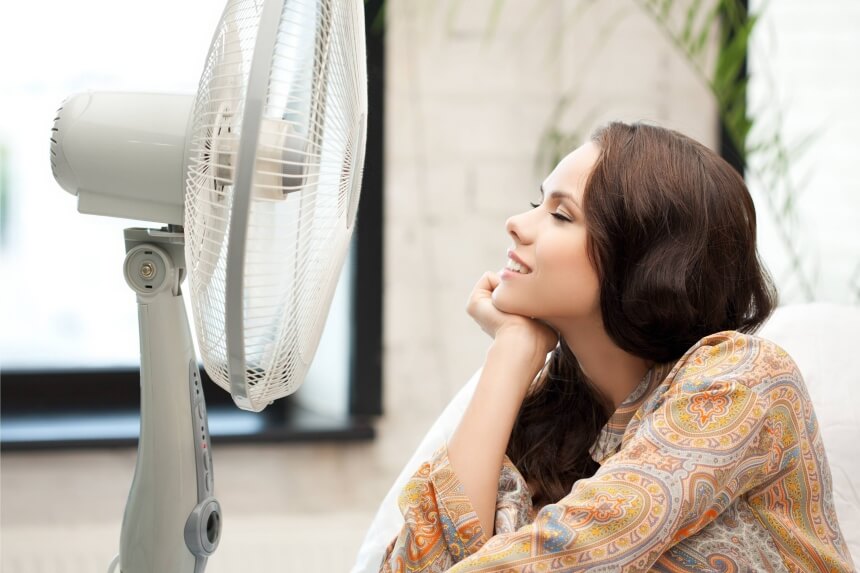
Enhancing the airflow in your apartment can play a huge role in cooling it down during summer. You can do this by closing all the doors in the apartment. This will allow the air from the fans and windows in the room you are in to cool down the room. If you keep all the doors open, air keeps moving from one room to the other, making it hard to control the heat in your apartment.
The last thing you want on hot summer days is introduce more heat into your apartment. Cooking with stoves and ovens raises the temperature in the home tremendously. You may want to stay out of the kitchen completely or moderate your cooking during summer to reduce the amount of heat in your space. Try to avoid cooking in the hottest times of the day and cook in the morning or late evening hours.
Also, you can do the cooking in bulk then use the microwave to warm the foods whenever you need to eat. You can also avoid using an oven and stove to cook by doing an Instapot meal or using a crockpot to cook. Whenever you can, take advantage of the weather and do outdoors cooking on the grill.
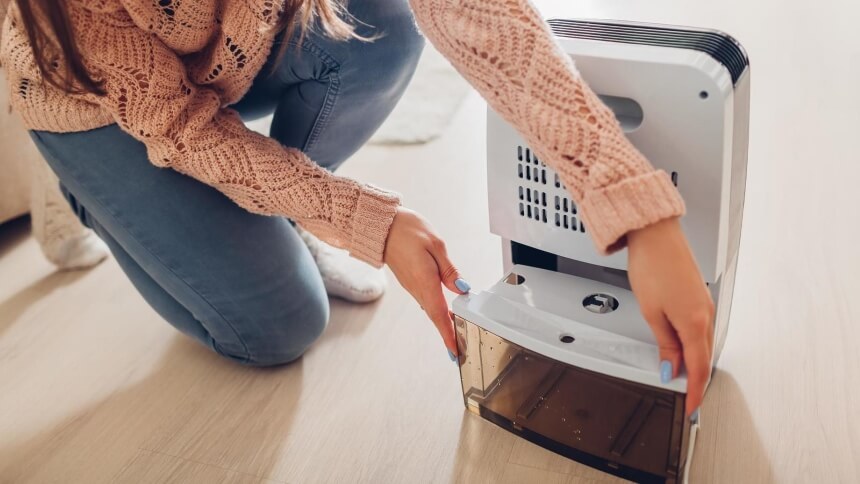
To avoid this, you can invest in the best dehumidifier. Some air conditioners come with a dehumidifying function on them. If that’s the case with yours, you don’t need to buy a dehumidifier. A dehumidifier will lower the humidity in your space in seconds.
You may not notice it but the heat floating around your apartment could be from the unlikeliest sources; electronics and light bulbs. Consider switching off your lights if you’re not using them. You might also want to replace them with the kind that put off less heat like compact fluorescent light and LED.
Electronic appliances like computers, TVs and gaming consoles among others also put off heat. Unplug them whenever you are not using them for the sake of your comfort. Besides controlling the amount of heat produced by light bulbs and electronic devices in your home, switching them off helps you save power that you can use to run the ACs and fans.
Venting an unused room in the nighttime will help you trap the night’s cool air. It was a trick used in the old days. Homes had attics that were left open throughout the night to allow air to flow into the home. The attic was closed in the morning to trap the night’s cool air.
You can apply the same concept with rooms you don’t use at night like the bathroom and kitchen. Open all the windows in the nighttime to allow cool air in then close them early in the morning. At around 7 am you will notice how cool the apartment will be.
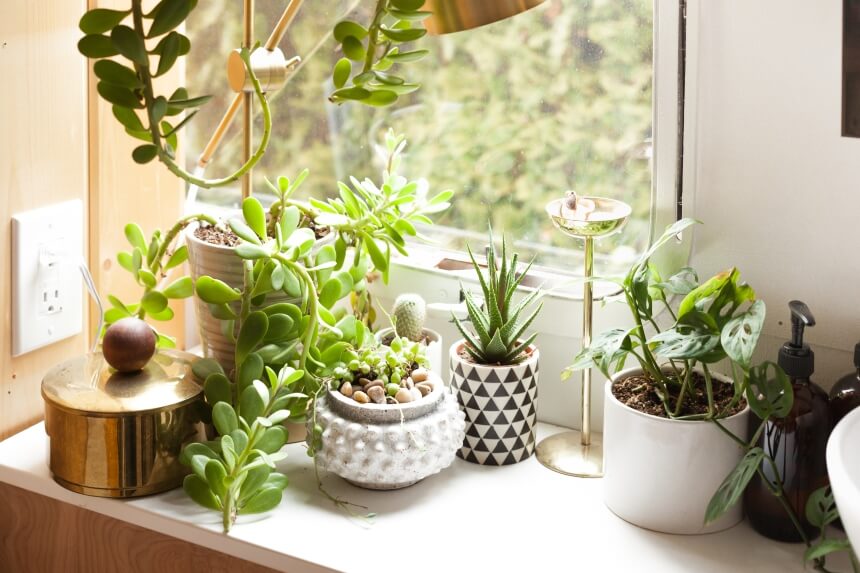
Be sure to place tall plants on your balcony to prevent excess sunlight from entering your apartment. If you don’t have a balcony, you can place the tall plants inside your apartment near the windows. It is a simple, natural and aesthetic way of blocking the sun from getting into your apartment.
Light colors have are better at reflecting light than dark colors. They also don’t retain much heat. You can cover your furniture with white or light colored covers to repel heat.
Also, you can repaint your apartment in cool colors to heat-proof it. Go for white or cool neutral colors that have less pigmentation as they don’t absorb heat as much as darker colored paints do. You can even look up smart paints that have added elements and technology that makes them better at reflecting UV rays. Repainting would not only be a handy but also a stylish way of cooling down your apartment in the summer.
There is absolutely no reason why you’d have to sleep hot every night during summer. Simply put your bed sheets and pillow cases in the freezer a few hours before bedtime. They will be cool enough to prevent you from endless tossing and turning caused by the summer heat’s discomfort. You can use the same trick with your sleeping attire.
Be sure to combine the freezer trick with high-quality breathable percale, linen or cotton sheets. If you have some change, consider getting temperature regulating sheets that have technologically advanced threads that absorb heat during the day and release at night.
Wet curtains would help prevent heat from entering your apartment when you open the windows. Just make sure they are not dripping water all over your floor.

Some of the things you could do to cool down include; wear cooler lightweight, loose fitting clothes, take a cold shower, drink ice water, use ice packs on your skin, place a cold washcloth on your neck and wrists, and sit or stand near a fan. You can also be a little extra and smear mint or menthol products on your skin for refreshment and a nice cooling sensation. Such products would be like peppermint lotion, lip balm, soap and minty toothpaste. Cooling tropical ointments like Vicks and VapoRub would also be of great relief.
If you are a top-floor apartment dweller, you have to brace yourself for uncomfortable high temperatures this summer. Your unit will be warmer than expected and you might get tempted to give up your spectacular view of the city for a cooler unit. Luckily, there are myriad ways of staying cool. We have provided all the tricks on how to keep your top floor apartment cool during summer.
It is important that you get prepared to beat the heat as overheating has health risks. You can suffer heat exhaustion, heat stroke, or even hives. Start by keeping yourself cool then take all the measures to keep your apartment cool. Self-cooling would make you feel better in case you fail to cool your space to your liking.
